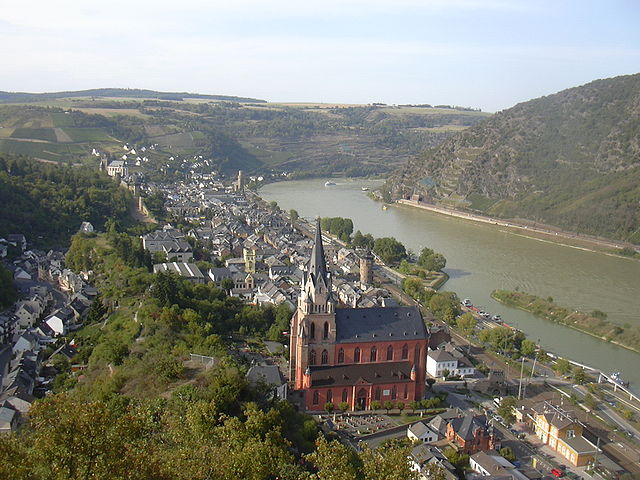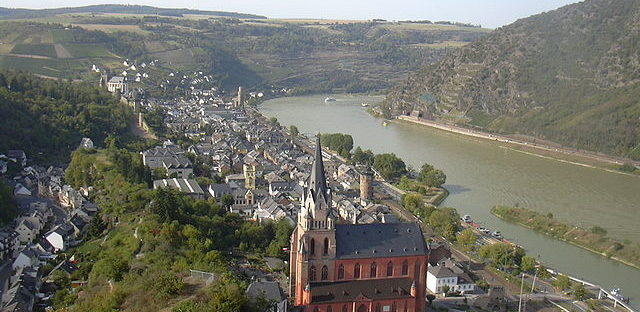- Target: 100% renewable energy by 2020 based on local sources
- Status: Achieved
- RES: Hydropower, wind power, solar photovoltaics, and biomass.
- Implementation: The District of Rhein-Hunsrück is located in the state of Rhineland-Palatinate in southwestern Germany. When the District set the target to entirely switch its energy system to one based on efficiency and local, renewable sources by 2020, it was in part due to the need to cease energy imports which was costing the district millions each year.
In 2010, only 65% of Rhein-Hunsrück’s electricity was sourced from renewable energy. But by 2012, the District had become a renewable electricity exporter. Some of the surplus is used for running electric heat pumps, for methane created from excess wind and solar electricity, and for charging electric battery and fuel cell powered vehicles.
The energy transition in Rhein-Hunsrück took place between 1999 and 2009. It first began with building efficiency improvements, which soon resulted in cost savings of 1.13 million euros. To lower local building energy use, the District implemented passive solar principles and heat pumps connected to ground heat collectors. Technologies made use of abundant local renewable resources such as wood pellet heating, biomass-based district heating, and rooftop PV. By 2009, 269,000 tons of CO2 emissions had been avoided through use of renewable electricity, heat and biofuels, and 12.3 million euros had been saved by avoided import costs for coal, natural gas and mineral oil. In 2010, Rhein-Hunsrück created its first zero-emissions school. Connected to the local district heating grid, the school is fueled with wood chips and a combined heat and power (CHP) unit that utilizes oil from regional rapeseed. By 2010, a total of 93 kW of PV were installed creating 33% more power than the facility consumes.
Rhein-Hunsrück has invested a total of 7.5 million euros in district heating networks. The systems feed around 10 million m³ of biogas into the natural gas grid each year and save the District the equivalent of 660,500 liters of fossil fuel oil a year. Between 2011-2031, the investment is expected to bring the added value of at least 10.5 million euros due to fuel delivery costs staying within the region. By 2050, the aim is to reach a cost savings of 250 million euros.
Rhein-Hunsrück makes use of Germany’s Feed-In Tariff law (Renewable Sources Act), and has simple permitting processes in place to ensure that rooftop solar installation is a relatively sound and easy investment. To show its own commitment, the District has installed PV on all public administration buildings. From 2007-2011, total capacity on public buildings jumped ten-fold from 35 kW to 366 kW. To increase community buy-in to the energy transition, educational facilities have been created where young people can learn about renewable energy and ecological stewardship. A public relations campaign focuses on public information, with attention given to making citizens aware of the community and financial benefits in participating in the energy transition. - Population: 102,938 (2017)
- Area: 990.70 km2(382.51 sq mi)
- Link: (In German) https://www.kreis-sim.de/Klimaschutz/Ziele-Motto-und-Konzept

- © Gabriele Delhey CC BY-SA 3.0
- With English subtitles
- In German
- In German
- In German
- In German
- In German
